
There are no safe pesticides. I don't care what the manufacturers say. Fungicides, herbicides, and insecticides do more harm than good. Contrary to claims of being environmentally safe, their toxicity is not limited to a specific weed or bug. Instead, the chemical cocktails contaminate the surrounding soil and water and negatively affect any beneficial plants and insects that come in contact with the poisons.
Now, let's add rodenticides to the list.
Anticoagulant rodenticides (ARs) use blood-thinning drugs (such as warfarin) to kill rats, mice, and other rodents. These slow-acting drugs interfere with the blood's ability to clot. So, it takes a while between the rodent ingesting the poison and its death. Meanwhile, eagles, owls, hawks, and other raptors take advantage of the sick and disoriented mice and rats, picking them off as easy meals. This results in second-generation ARs accumulating inside the prey animals until reaching a toxic level. Then, they die as well.
In 2012, a study of more than 130 dead birds of prey found in and around Vancouver, Canada, reported that virtually 100% of the owls and a large proportion of the hawks had residues of at least one second-generation AR in their livers.
On Alaska's aptly named Rat Island, an ambitious rat-eradication program led to the death of more than 420 birds — including 46 bald eagles. In September 2008, helicopters and ground-based workers dumped 46 tons of bait on the island over a week. The original assessment predicted the bald eagles would vacate Rat Island during September for the salmon run, and only a few birds would die from the operation. However, the unexpected accumulation of carcasses from poisoned gulls attracted the eagles' attention, and the large raptors succumbed to secondary poisoning.
It's not just predatory avians dying. Foxes, wolves, snakes, and other carnivores also rely on mice and rats. Other creatures can be poisoned by consuming insects that have eaten the bait. In some instances, birds and animals eat the bait directly. Outdoor use of rodenticides by professional pest control operators is not consistently monitored or removed after a specified length of time. This significantly increases wildlife exposure to a tempting snack.
What Can Be Done?
First of all, outdoor permanent bait stations should be banned.
Secondly, consumers need to be educated on the ecological dangers of ARs. About ten years ago, a survey asked consumers if they knew about rodenticides' harmful effects on wildlife. The majority of the respondents had no idea but vowed to be more careful from that point on.
Homeowners are led to believe that it's easy to get rid of the mice. All you have to do is open a box of little blue pellets, slide in a corner, and forget about it. Unfortunately, that's where a common misconception leads into dangerous territory.
Rodenticides are one of the most toxic agents commonly found in households. We've already discussed how they can be toxic to wildlife. But they can also harm people and pets when eaten, breathed in, or touched. All it takes is exposure to just a single dose of rodenticide.
Because of their toxicity and the weak safety standards for their use and distribution, rodenticides are a serious threat to any living thing that accidentally comes in contact with them.
What are the alternatives to using rodenticides?
According to the Center for Biological Diversity, prevention is foremost in practicing rodent control. Removing sources of food, water, and shelter to discourage rodents' presence is highly effective.
- Don't leave pet food and water outdoors, especially overnight. Instead, store pet food supplies indoors in sealed containers.
- Seal gaps around air vents to building sub-areas, attics, and other openings. Use sweep seals under doors. A rat can squeeze through a hole the size of a quarter, a mouse through a dime-size hole.
- Don't plant ivy — it provides shelter and a food source for rodents, snails, and slugs. Ivy on walls can form "rat ladders" to windows, attics, and other interior spaces.
- Keep compost piles as far away from structures as possible.
- Keep grass cut and trees trimmed as far away from structures as possible.
- If you have a birdfeeder, use a squirrel guard to keep rodents away. Keep the ground area clean of bird seed.
- Keep outdoor grills and cooking areas clean.
- Keep firewood off the ground and as far away from structures as possible to mitigate shelter opportunities.
- Use city-issue plastic trash bins. If cracked or missing a lid, contact the Department of Sanitation for a free replacement.
- Clean up trash in garden areas to remove shelter for rodents.
Overall, killing rodents is not an effective method of removing them. The killed ones will be replaced by another until whatever is attracting them is removed. The best thing is not to give mice any incentive to enter your home.
The Northcoast Environmental Center lists some non-lethal deterrents such as cayenne pepper, peppermint soap, and high-intensity strobe lights in attics or other enclosed spaces. Non-toxic lethal removal methods include dry ice placed in rodent burrows, CO2-controlled rat and mouse traps that kill instantly and humanely, and electric traps. As a last resort, use snap traps inside a bait box and only in locations inaccessible to other animals.
The crucial takeaway from this article is: please refrain from using rodenticides. It is a terribly inhumane pest control method, and its toxic effects on people, pets, and wildlife are devastating.

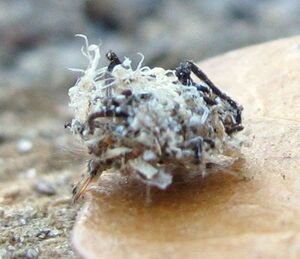

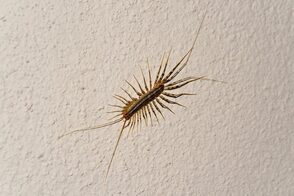
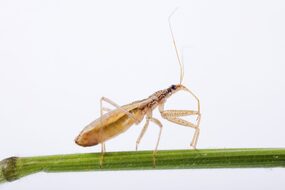



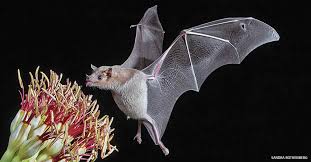
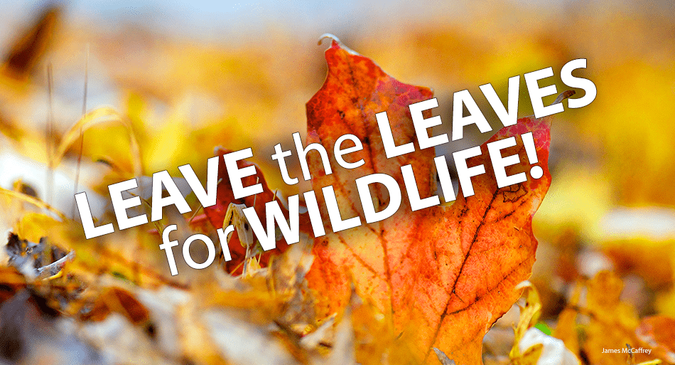

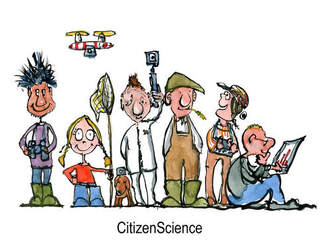


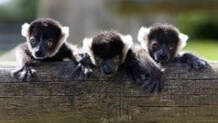

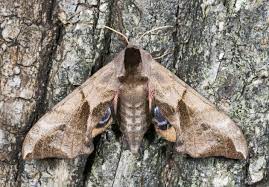
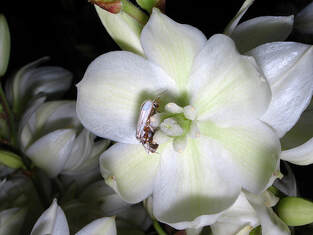

 RSS Feed
RSS Feed

